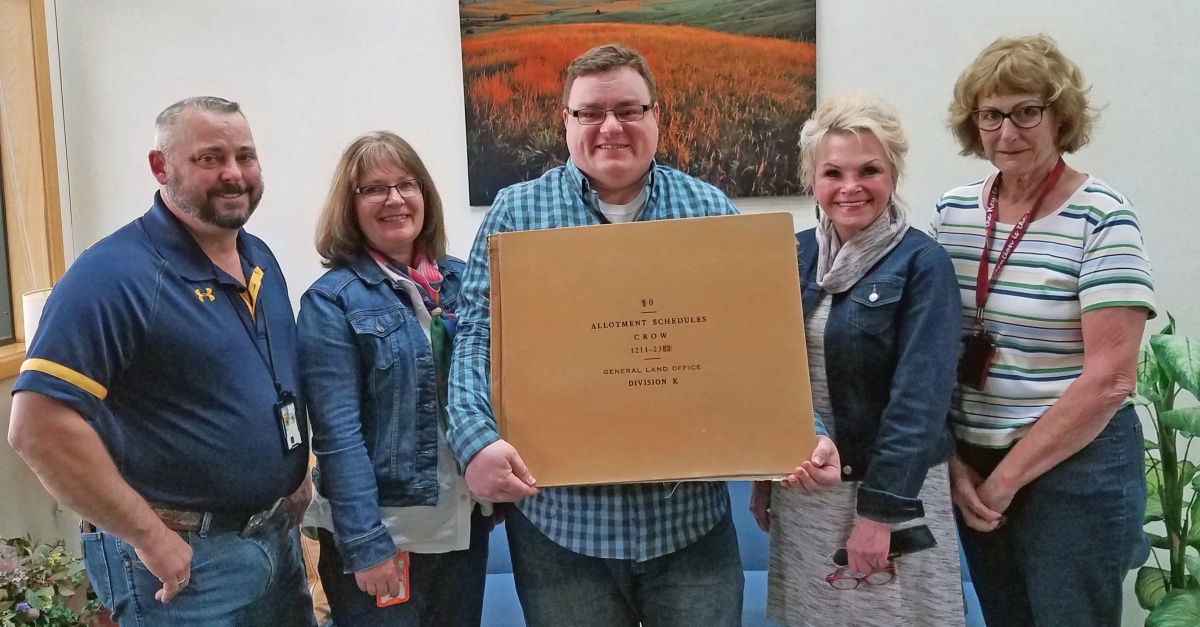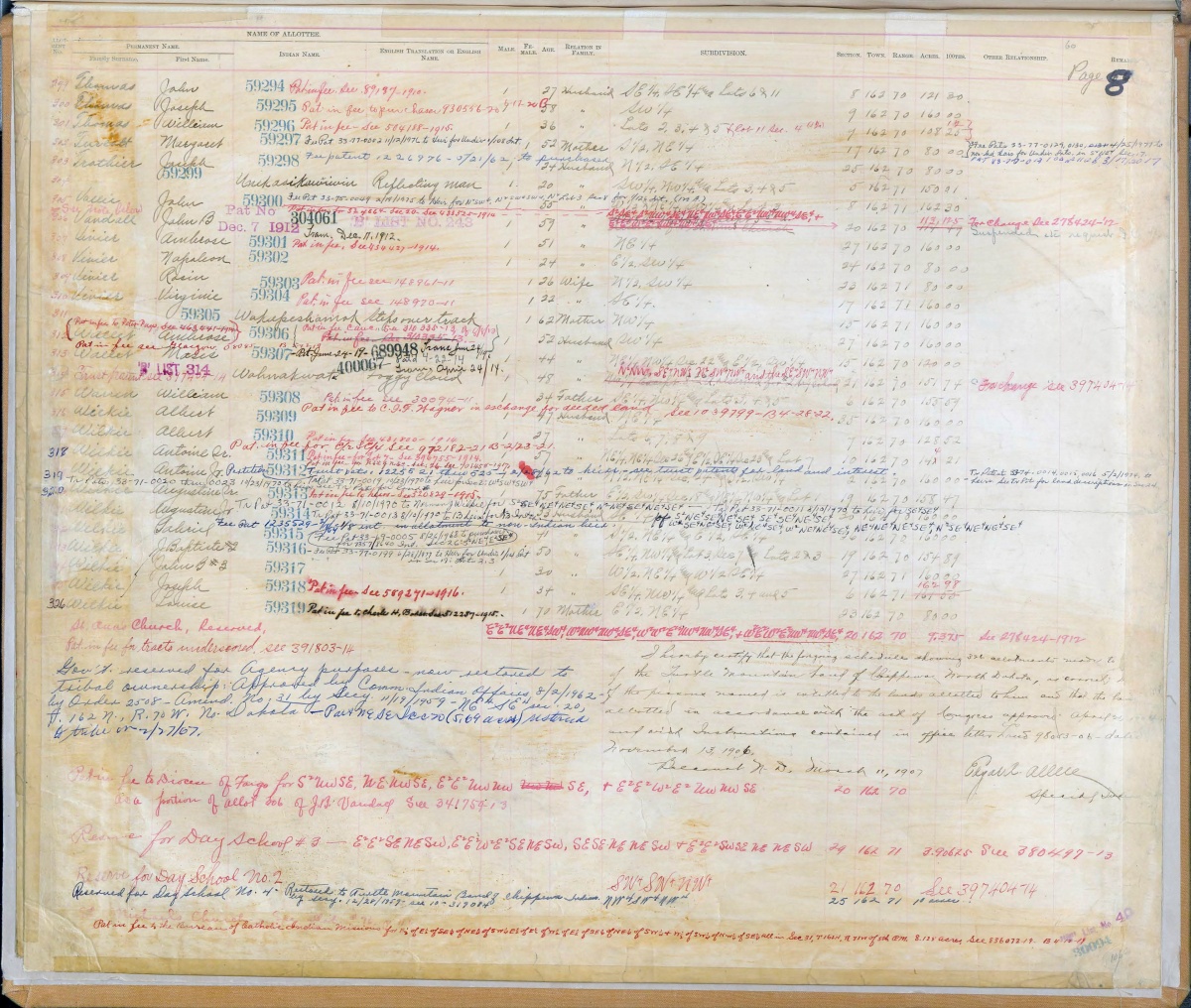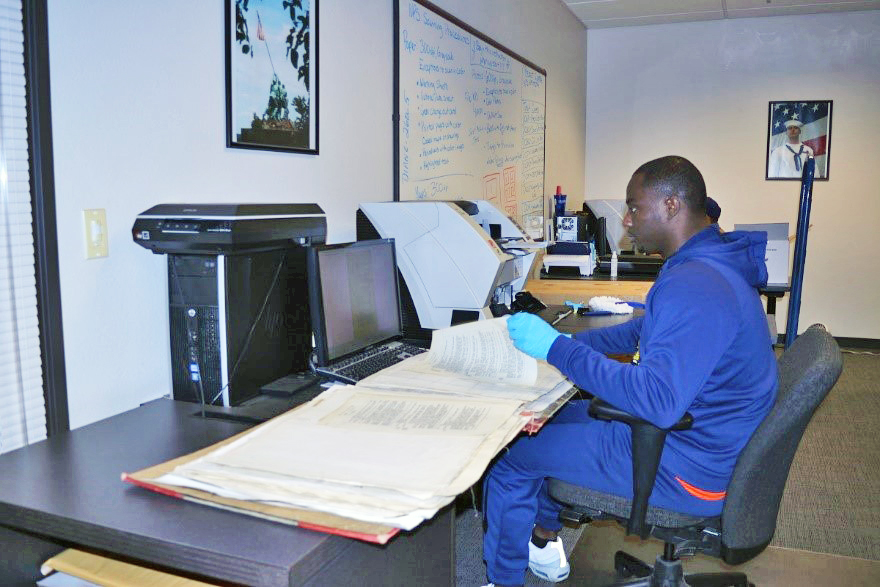Related Stories
- BLM Fire and National Conservation Lands managers collaborate to meet shared goals
- Recreation for all: Accessibility on Montana-Dakotas public lands
- North Central Montana District employees celebrate new adoption
- BLM Billings Field Office works with state agencies in Montana to conduct bat surveys
- Successful adoptions and community engagement at Upper Yellowstone WHB Event



